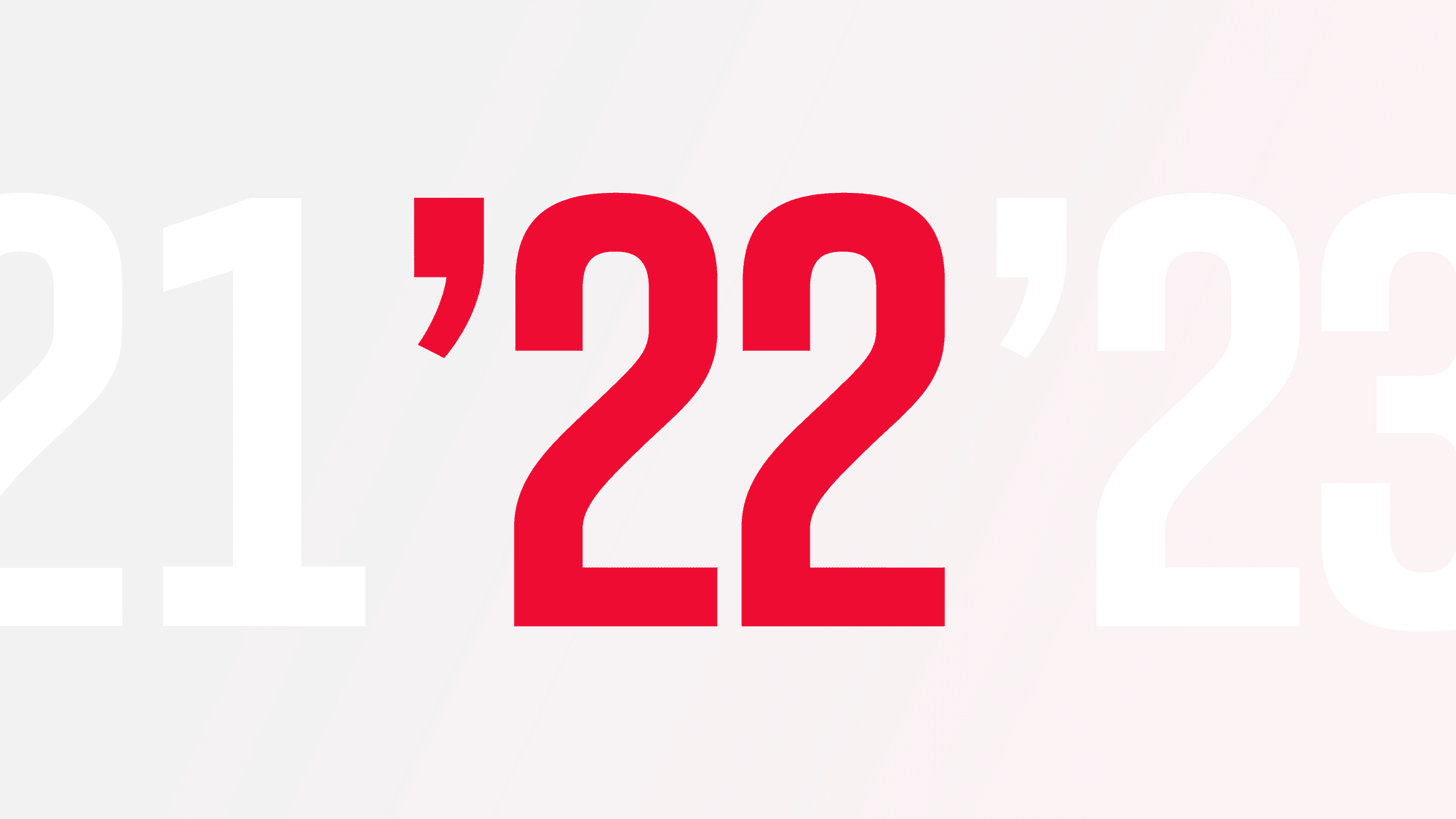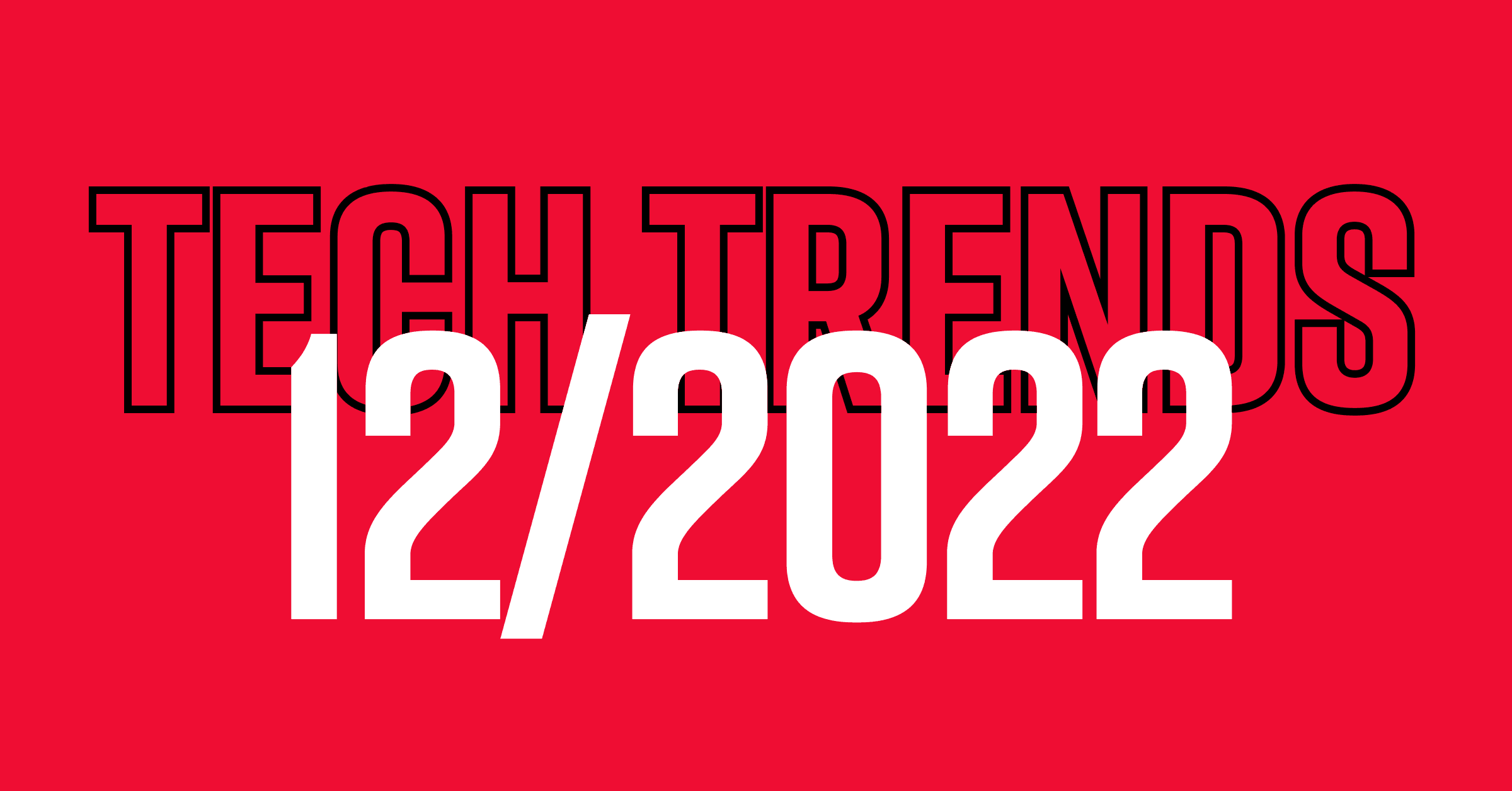Sticking to learning a language on your own time takes dedication. Technology is meant to keep it simple, and to keep a user’s initial drive going — not an easy task in the fast-paced, app-saturated reality of 2020. One of Tom’s goals was to add gamification elements to the learning experience, from inviting friends to adding new features like “daily strikes” and a “leaderboard”... all without changing the essence of Rosetta Stone as it is today.
Pulling from our experience on projects like ClassDojo’s educational app, we started with testing the app’s performance, accessibility and overall user experience, as well as going over thousands of user reviews. Our UX/UI updates focused primarily on functionality and features that would accentuate Rosetta Stone’s strengths. This meant connecting the large community the app has amassed over the years, and helping users hit their personal goals through elements of motivation, clearly structured lessons and brand consistency.
Gaps Exposed by UX/UI Review
“Improving an already award-winning product can be challenging. Still, based on my review of the iOS app, I found a number of issues that revealed untapped possibilities and led to new ideas.” - Tom Vranek
Major issues that STRV’s design concept considered:
- Onboarding flow - lack of tutorials or tests that assess a new user’s language skills
- Usability - duplicated lesson view, faulty portrait/landscape mode, difficult to switch between languages, barely visible progress related to lessons/courses
- Motivational element - no reminders, daily strikes or leaderboards for challenging others
- Design - overly simple, images of languages lack clarity, bad contrast of components
To solve these issues, Tom focused on functionality, expanding Rosetta Stone's strengths and incorporating fun features to keep users engaged.
Updating the Onboarding Flow & Usability
- Expanding the onboarding process.
- Adding an easy option of switching between languages directly in the dashboard.
- Making lessons and their progress better organized and clearer.
- Adding the option of seeing lessons in portrait mode, rather than only in landscape.
Keeping Users Motivated
- Adding “leaderboard” as a new feature, allowing users to invite friends and stay motivated together.
- Including a "daily strike" plan, visible on a customizable dashboard where users can see their progress.
- Collecting points — “Rosetta Stones” — enables seeing the current leaderboard and unlocking possible bonus points.
Setting the Tone Through Design
- Getting rid of outdated design aspects and creating a fresh, simple and well-arranged design.
- Updating brand colors by using a more thoughtful, balanced color palette.
- Adding icons instead of photos, which helps keep the whole app consistent.
With its personalized programs utilizing interactive software and cloud-based programs, Rosetta Stone as it is now is in no way an archaic app. What Tom managed to do with his design concept is to make the app more visually appealing and cleaner, with functionalities that cover all user needs when it comes to learning languages.






